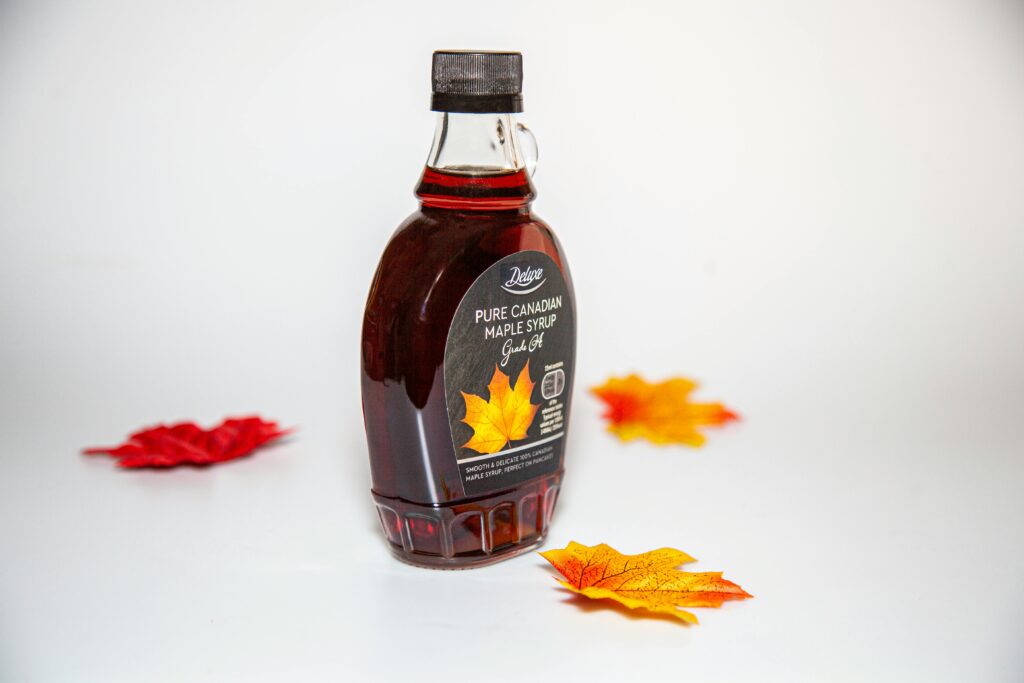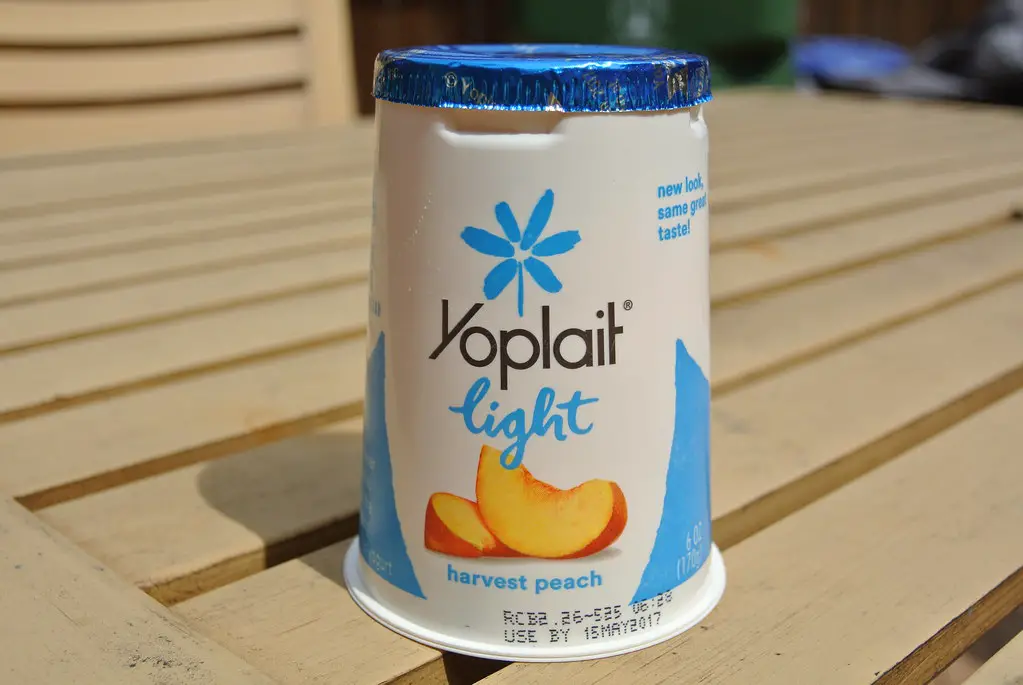1. The Raw Milk Craze

Raw milk was once considered a “superfood” with the power to prevent disease and improve digestion. In the early 20th century, proponents believed pasteurization was unnecessary, claiming that unprocessed milk from cows raised in clean conditions had numerous health benefits. But this trend didn’t last long, as it became clear that raw milk could contain harmful bacteria like E. coli, Salmonella, and Listeria, which can lead to serious illnesses. Even worse, many people drank it under the belief that it was a natural, safer alternative to the heavily processed products available today.
The backlash against raw milk started when outbreaks of foodborne illness started to rise, leading to widespread health concerns. By the mid-1900s, pasteurization became mandatory in most places, and people learned that heat treatment was essential to kill harmful pathogens while keeping the nutrients intact. Despite this, there are still some raw milk advocates today, though the consensus among health professionals is clear: it’s risky business for a trend that once seemed so wholesome.
2. The Maple Syrup Diet

In the 1970s, the Maple Syrup Diet became popular as a quick way to lose weight. This “cleanse” involved consuming nothing but a mixture of maple syrup, lemon juice, and cayenne pepper for days on end. Advocates claimed it detoxified the body and helped people shed pounds quickly. The diet was endorsed by some celebrities and influencers of the time, leading many to jump on the bandwagon.
However, the truth about the Maple Syrup Diet quickly came to light. With no real nutrients other than sugar, it led to extreme nutrient deficiencies, fatigue, and unhealthy weight loss. The body wasn’t getting the necessary vitamins and minerals to stay healthy, and the low-calorie nature of the cleanse left many people feeling dizzy and weak. It wasn’t long before nutrition experts and doctors warned against this fad, but it remains a reminder that extreme dieting never leads to long-term health.
3. The Cigarette “Diet” Trend

In the early 20th century, many health-conscious individuals turned to cigarettes as an appetite suppressant. Cigarette companies, keen on promoting their products, began advertising cigarettes as a way to control one’s weight, with slogans like “Reach for a Lucky instead of a sweet.” This bizarre “diet” strategy even claimed to have positive health benefits, with some even suggesting that it helped with digestion and weight management.
Unfortunately, the dangers of smoking were largely ignored until the mid-century when more comprehensive studies revealed the shocking truth about cigarettes. Smoking causes lung cancer, heart disease, and a host of other deadly conditions. While the idea of using cigarettes to curb appetite seems absurd today, it was once widely accepted as a quick fix for weight loss. Now, it’s a glaring example of how dangerous misconceptions can shape public opinion.
4. The Sun Tanning Craze

The sun-tanning obsession reached its peak in the 1970s and ’80s, with people spending hours lounging under the sun, often slathered in baby oil to maximize tanning results. The idea was that a deep, bronzed tan symbolized health, beauty, and vitality. Society deemed those with the deepest tans to be the most attractive, with many believing it was a sign of an active, outdoor lifestyle.
Fast forward a few decades, and the health risks associated with tanning became undeniable. Extended exposure to ultraviolet (UV) radiation leads to skin aging, wrinkles, and an increased risk of skin cancer. The push for bronzed skin was eventually replaced by more skin-safe practices, and today, SPF is an essential part of any skincare routine. While sunbathing was once seen as the epitome of health, it now serves as a cautionary tale of beauty standards gone wrong.
5. The High-Carb Low-Fat Fad

In the 1980s, the low-fat diet craze took hold, with countless people slashing fat from their meals and replacing it with carbohydrates. The prevailing thought at the time was that fat was the main culprit behind obesity and heart disease, so cutting it out of the diet was considered a path to good health. Food manufacturers jumped on the bandwagon, creating low-fat versions of everything from cookies to yogurt, which promised to help people stay trim without sacrificing taste.
However, over time, it became clear that this approach was flawed. Excessive consumption of refined carbohydrates, like sugar and white bread, led to insulin resistance, weight gain, and metabolic issues. The rise in popularity of processed low-fat foods also contributed to the overall decline in health, as these products were often laden with artificial additives. Today, many nutritionists now recommend balanced diets that focus on healthy fats, protein, and whole grains, correcting the low-fat myth.
6. The “Fat-Free” Everything Movement

In the ’90s, the “fat-free” craze exploded, with consumers scrambling for fat-free chips, cookies, and even fat-free soda. The logic was simple: without fat, you could eat as much as you wanted without worrying about weight gain. Unfortunately, fat is a necessary part of a balanced diet, and many fat-free foods were packed with sugar and artificial ingredients, leading to a surge in calorie consumption instead of weight loss.
By the end of the decade, the downside of the fat-free movement was clear. Excess sugar and artificial additives were contributing to obesity, diabetes, and other chronic health issues. The fat-free food industry saw a sharp decline in popularity as people became more educated about the real causes of weight gain and poor health. It’s a trend that continues to serve as a reminder that not all calories are created equal, and eliminating one food group is never a sustainable solution.
7. The Gluten-Free Diet for Everyone

While a gluten-free diet is essential for those with celiac disease or gluten sensitivity, during the 2010s, it became a mainstream trend with people without gluten issues adopting it in the hopes of achieving better health and weight loss. Celebrities and influencers claimed that going gluten-free could boost energy, clear skin, and lead to weight loss. The gluten-free label became so trendy that it started showing up on everything from crackers to makeup.
As more people jumped on the gluten-free bandwagon, it became clear that for the vast majority of the population, eliminating gluten wasn’t the key to better health. In fact, many gluten-free products are often higher in sugar and lower in nutrients than their gluten-containing counterparts. While gluten is harmful to those with sensitivities, the overhyped health benefits led many to adopt an unnecessary restriction, often leading to an imbalanced diet.
8. The “Magic” Water Detox

Water detoxes gained popularity as a way to “cleanse” the body, with claims that drinking copious amounts of water could flush toxins from your system and lead to clearer skin, more energy, and weight loss. People would drink large amounts of water daily, sometimes flavored with fruits or herbs, believing it would act as a miracle cure for various health issues. The trend was often marketed as a simple, easy, and healthy solution to feel better.
While staying hydrated is essential for good health, excessive water intake can actually be harmful. Drinking too much water in a short period of time can lead to water intoxication, a dangerous condition that dilutes the body’s electrolytes and can result in symptoms like nausea, vomiting, and even seizures. The idea of “detoxing” with water was ultimately misguided, as the body’s natural detoxification systems—mainly the liver and kidneys—work just fine on their own without the need for extreme measures.
